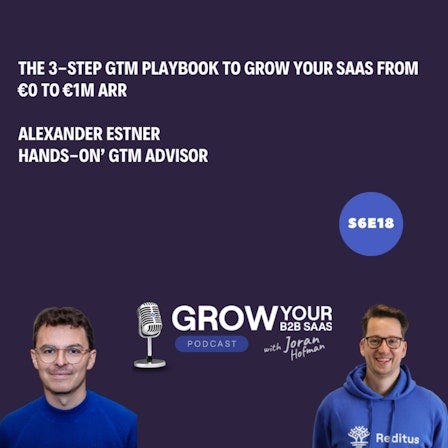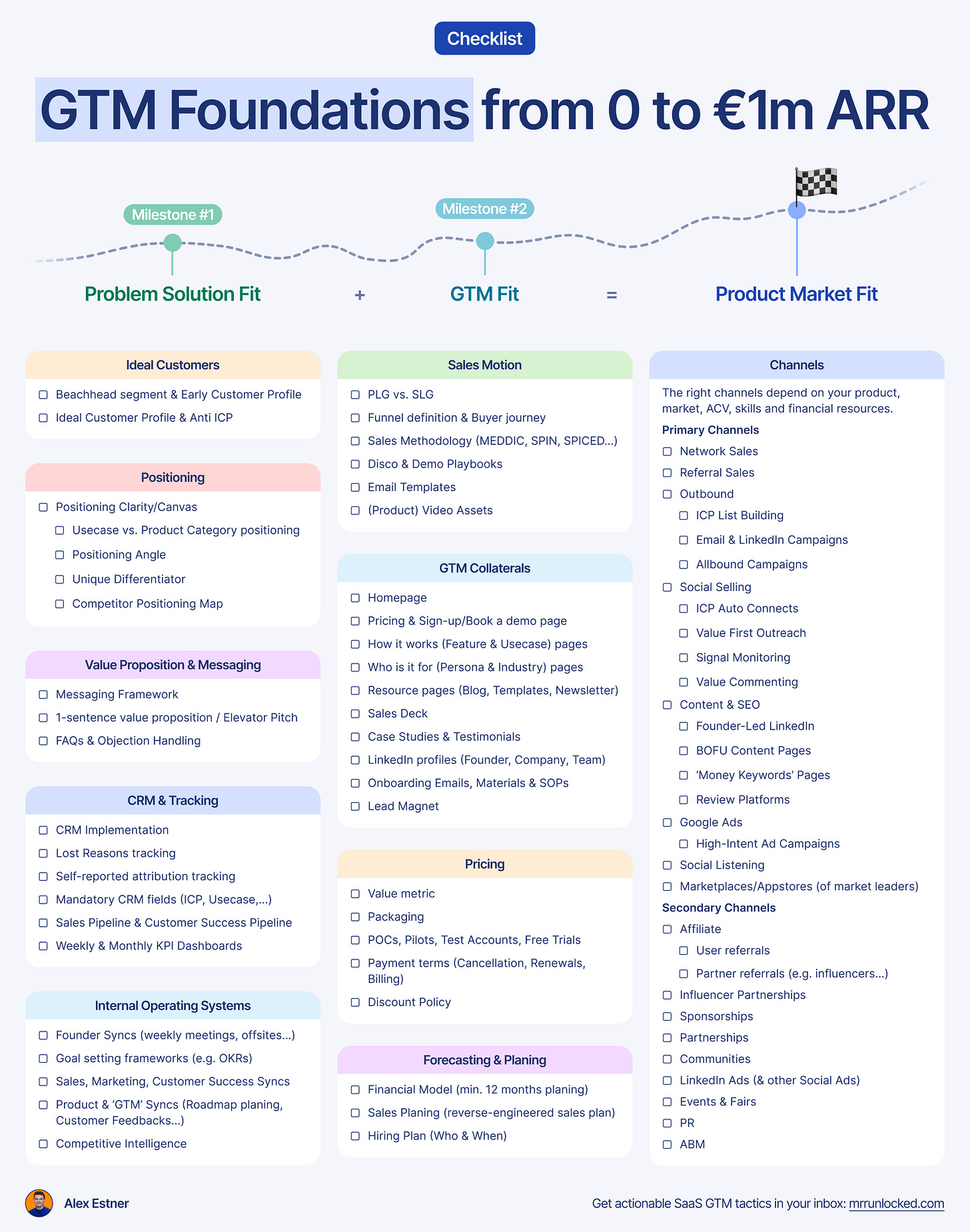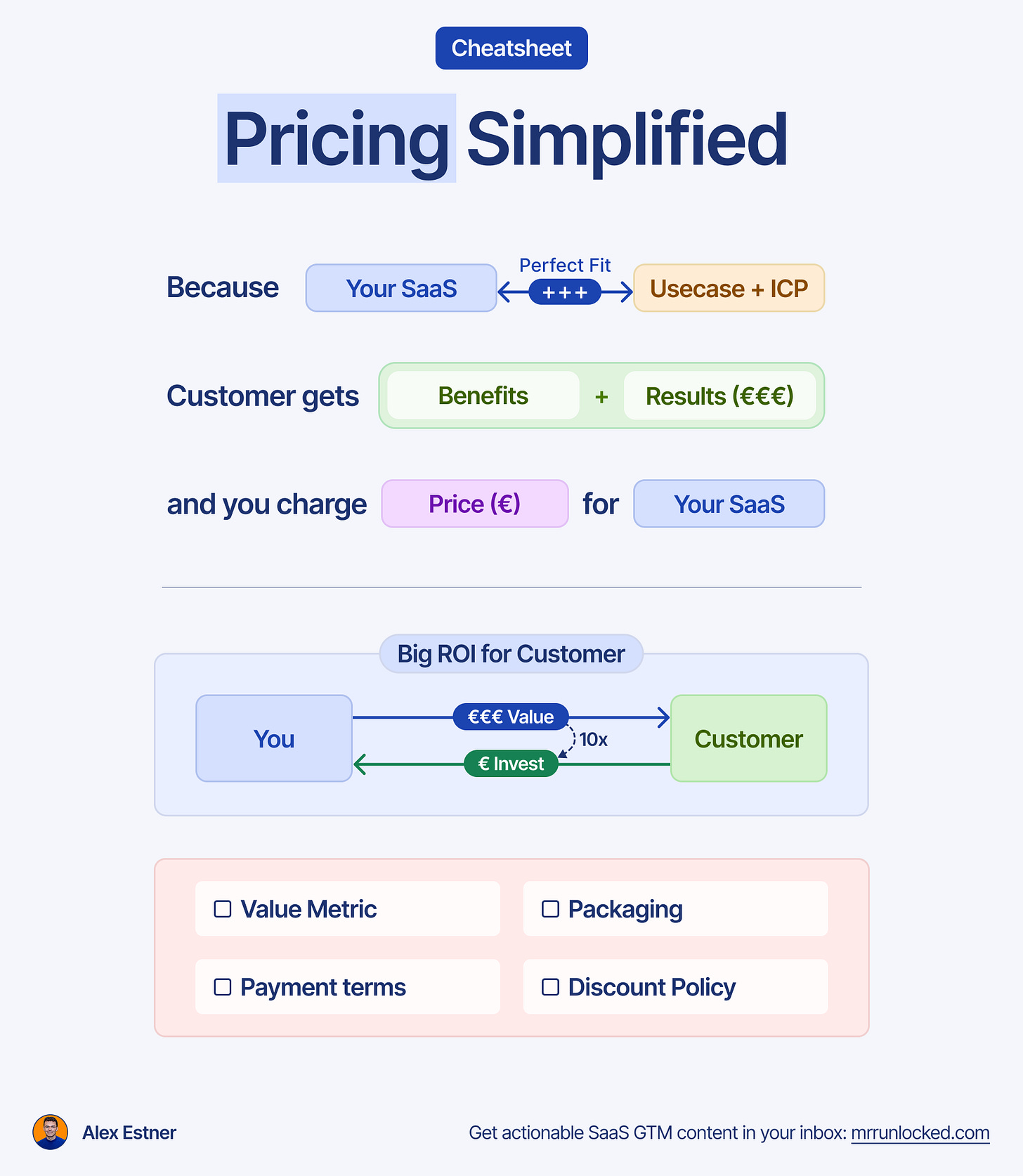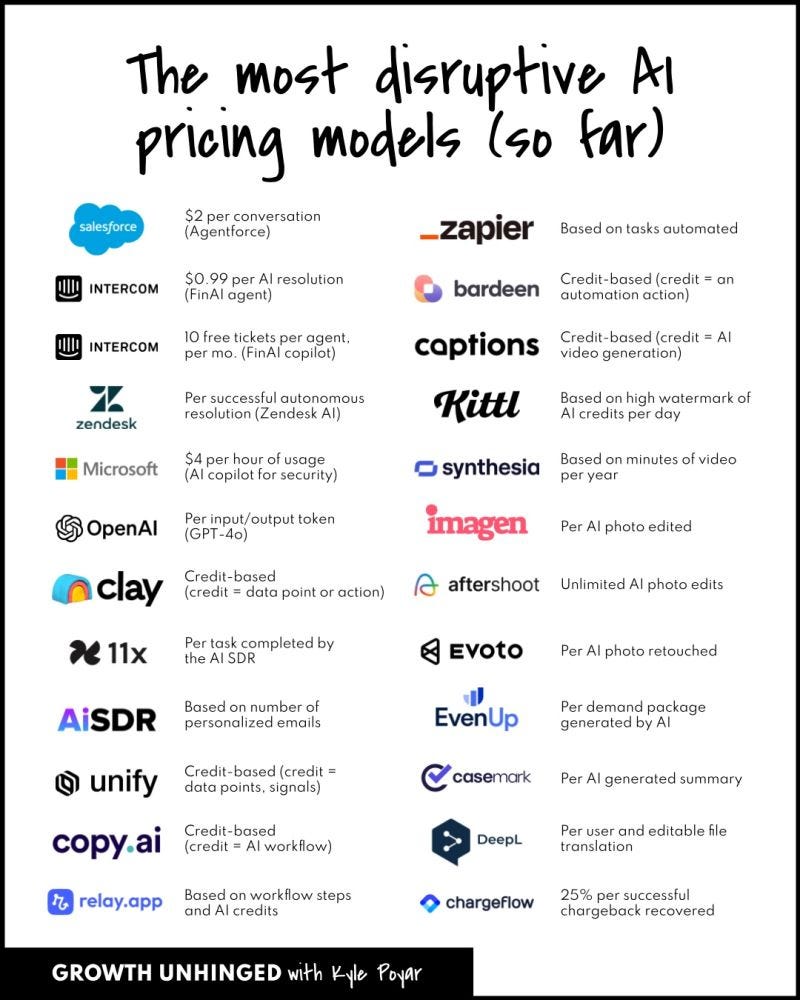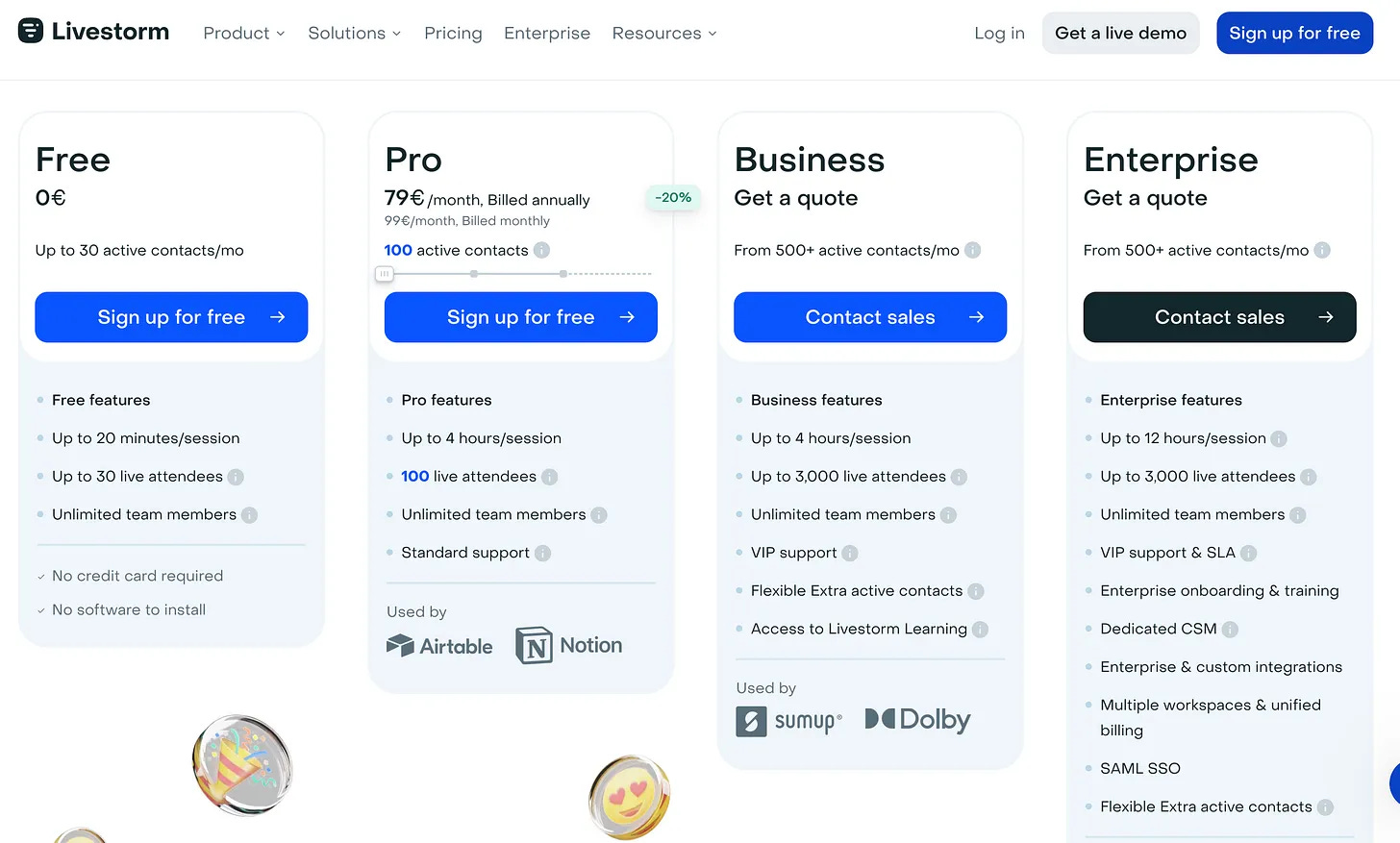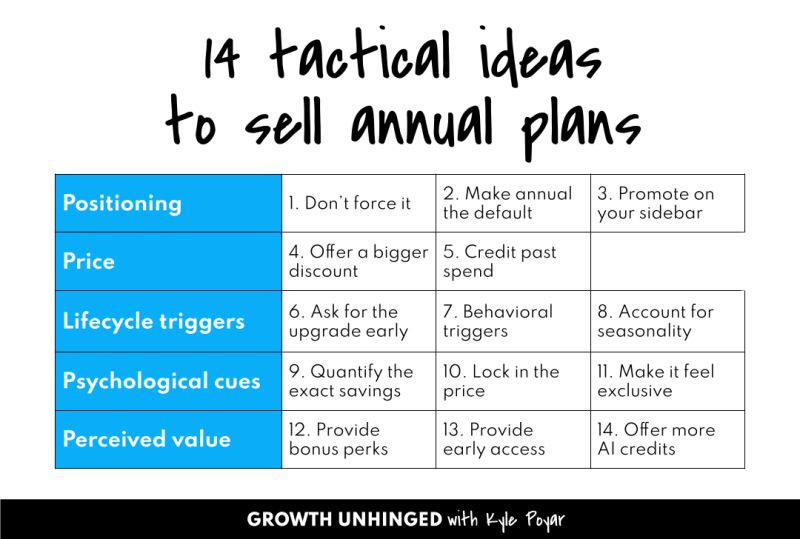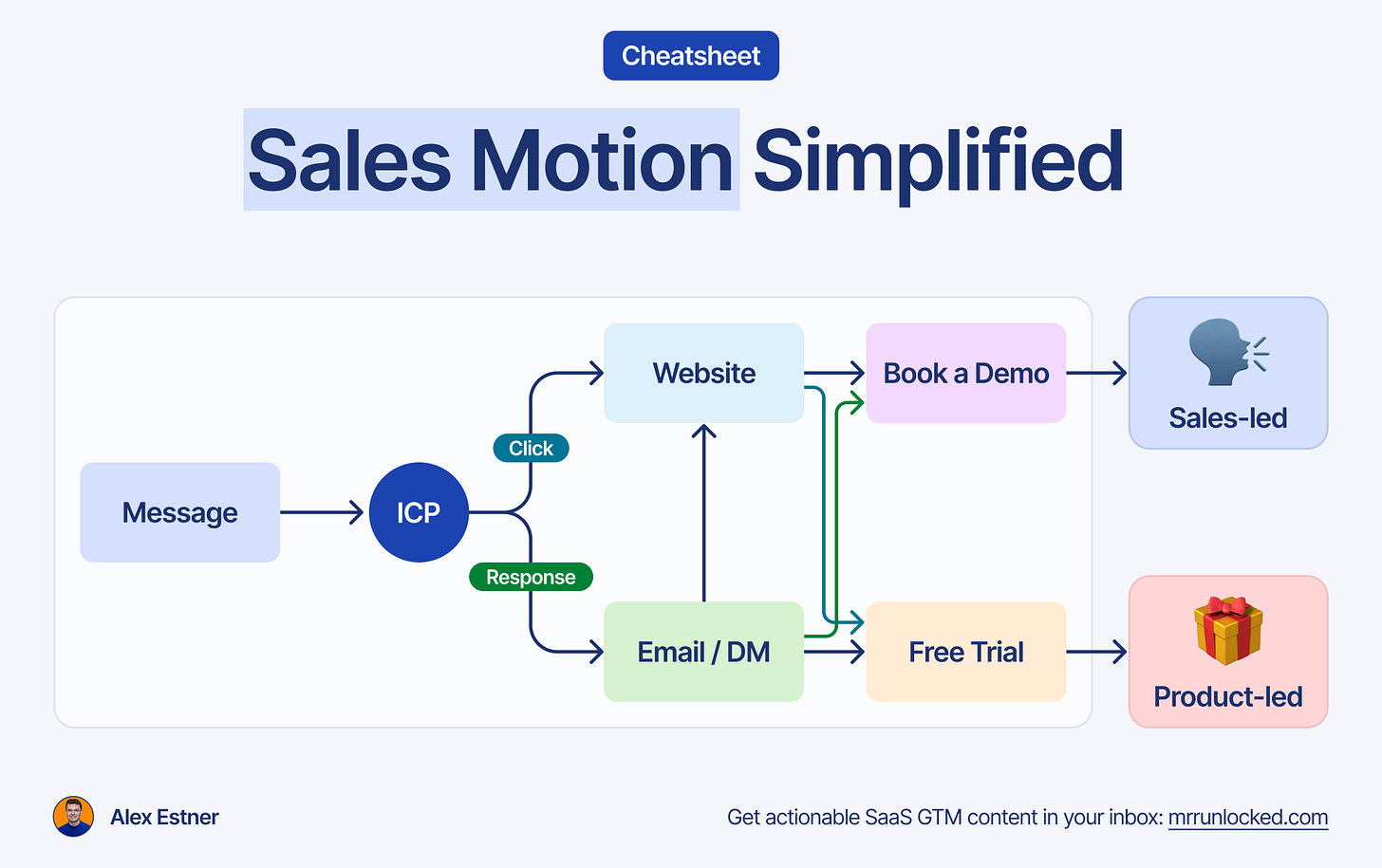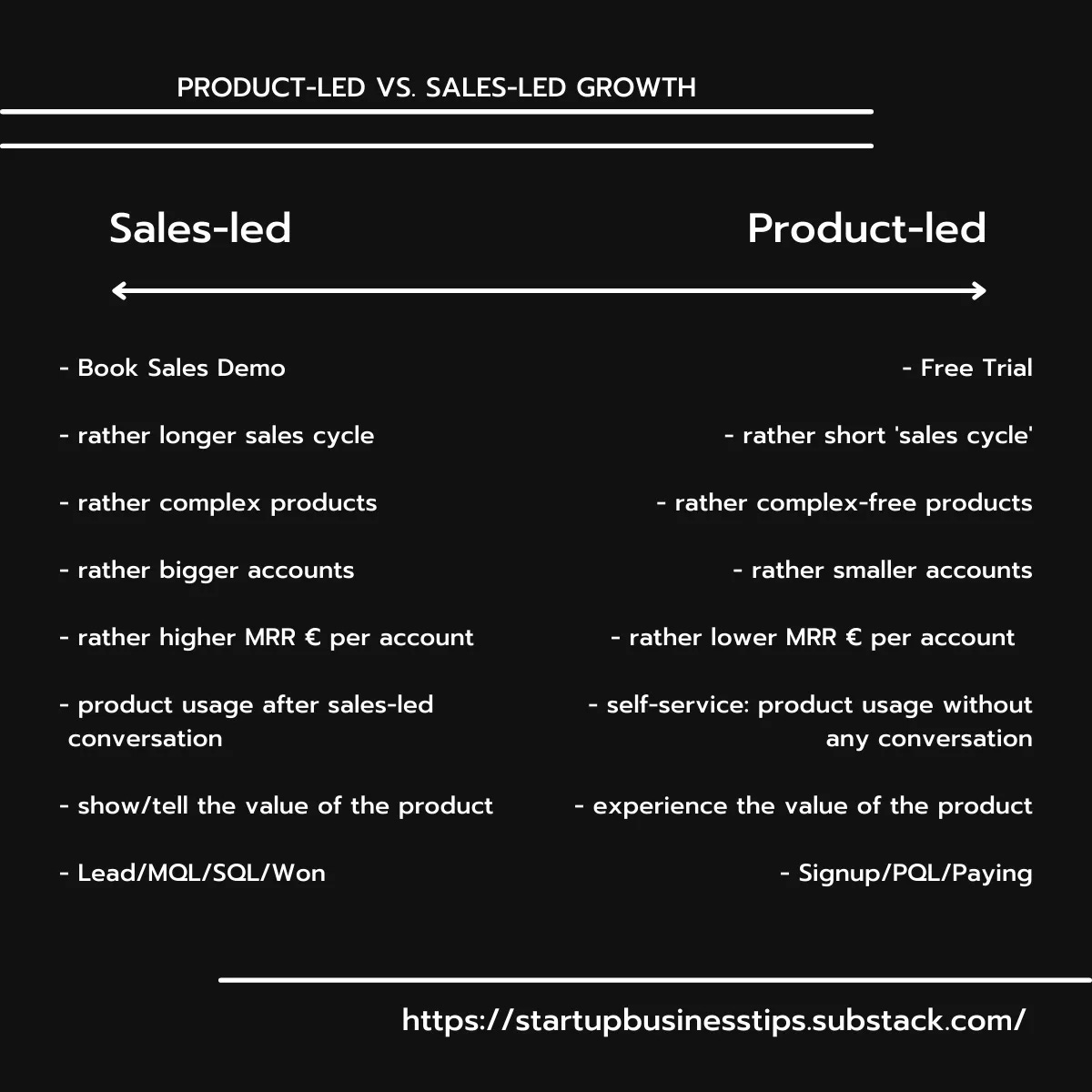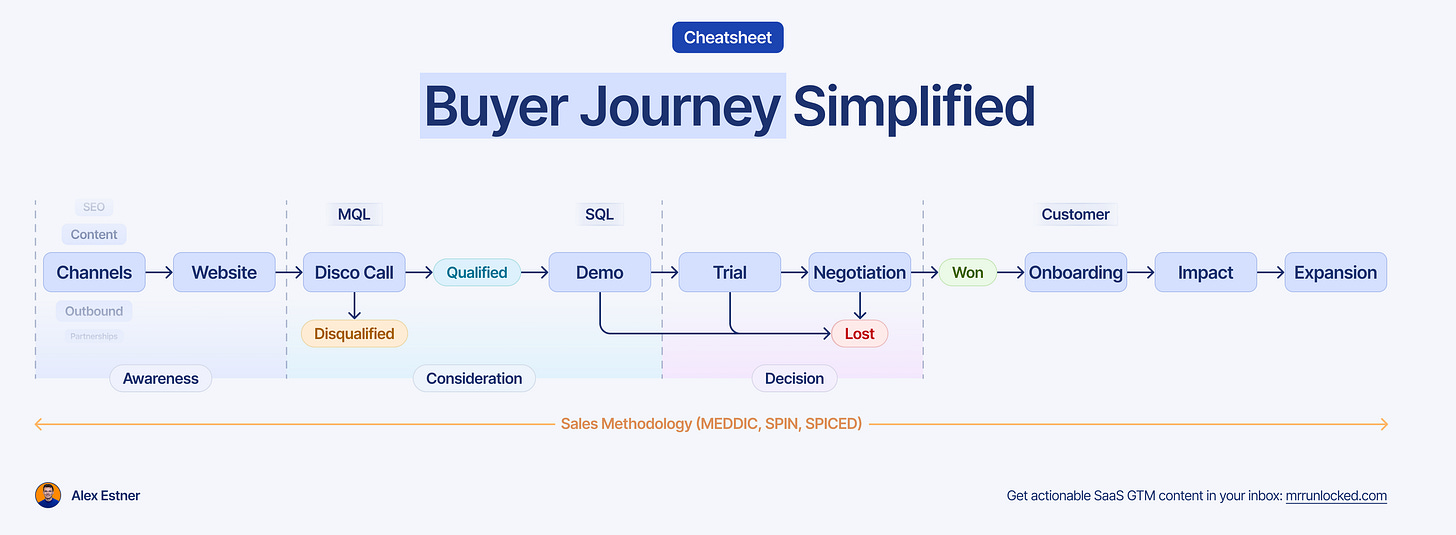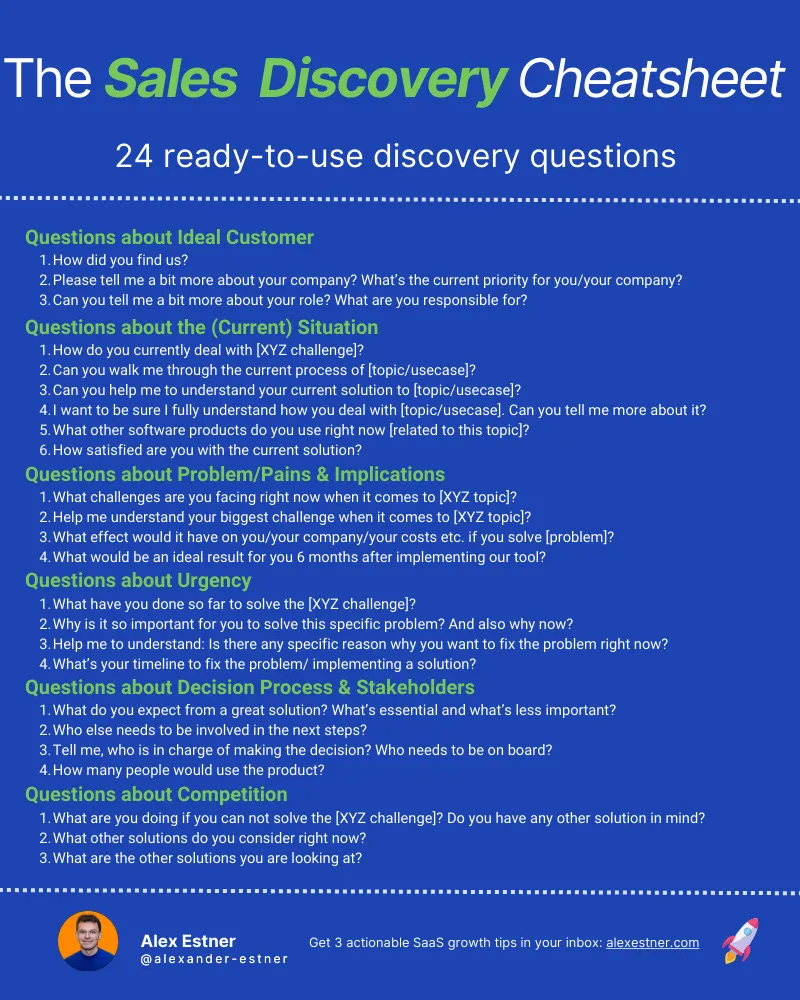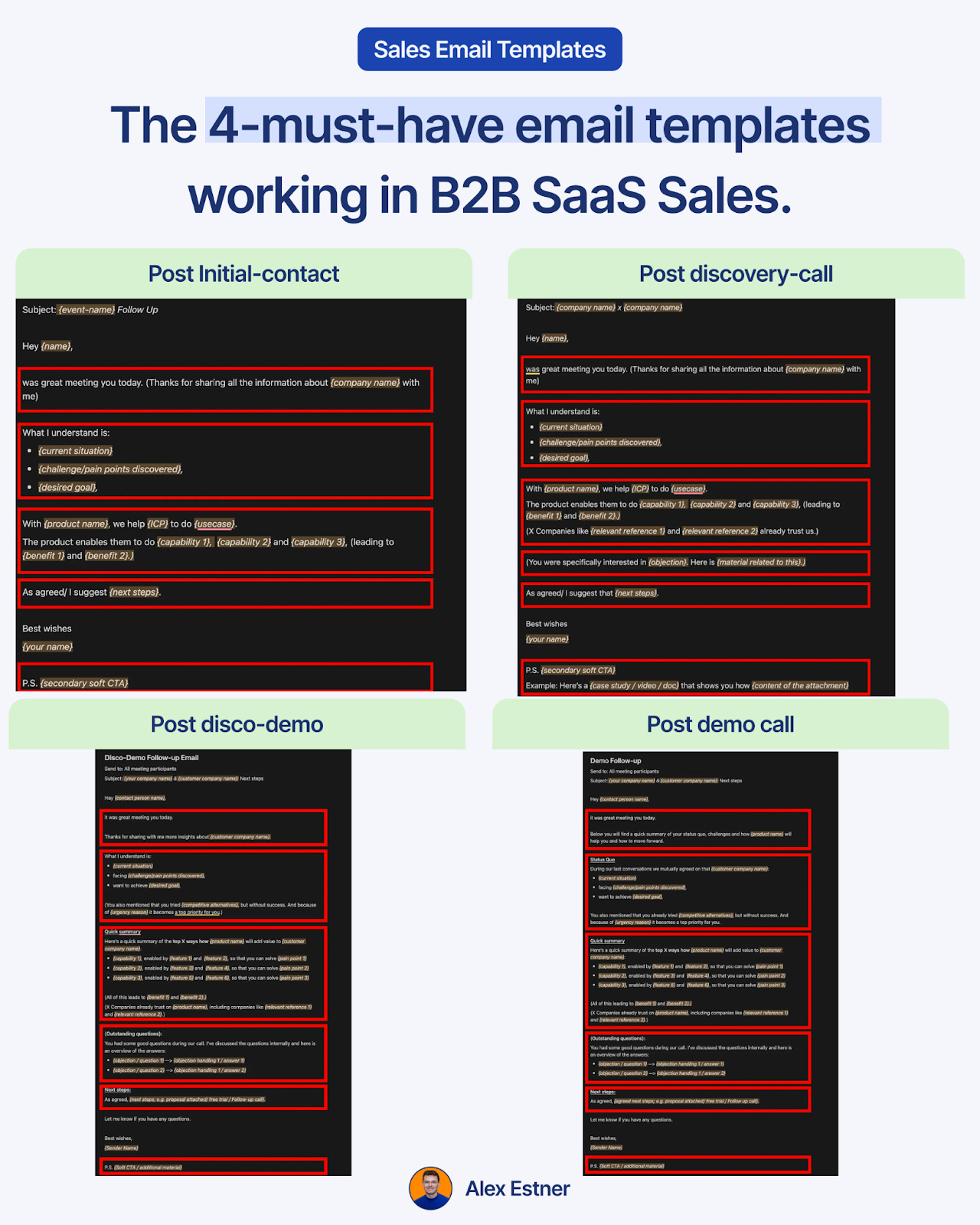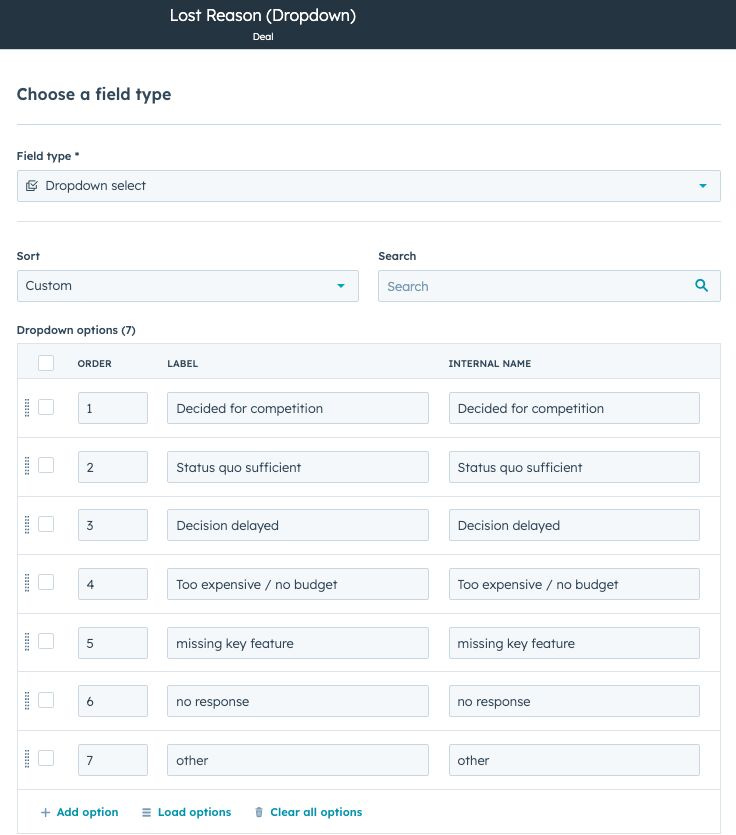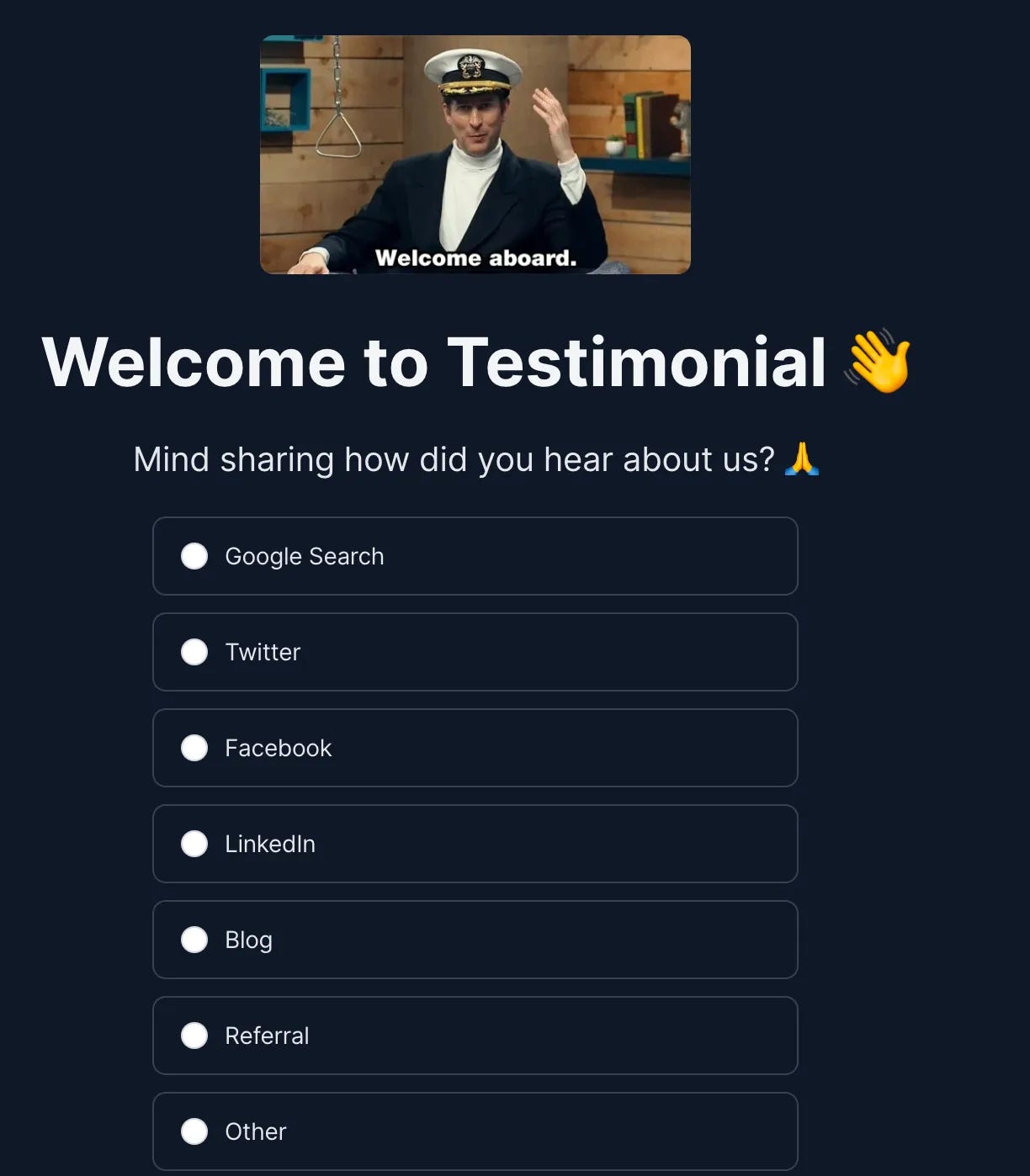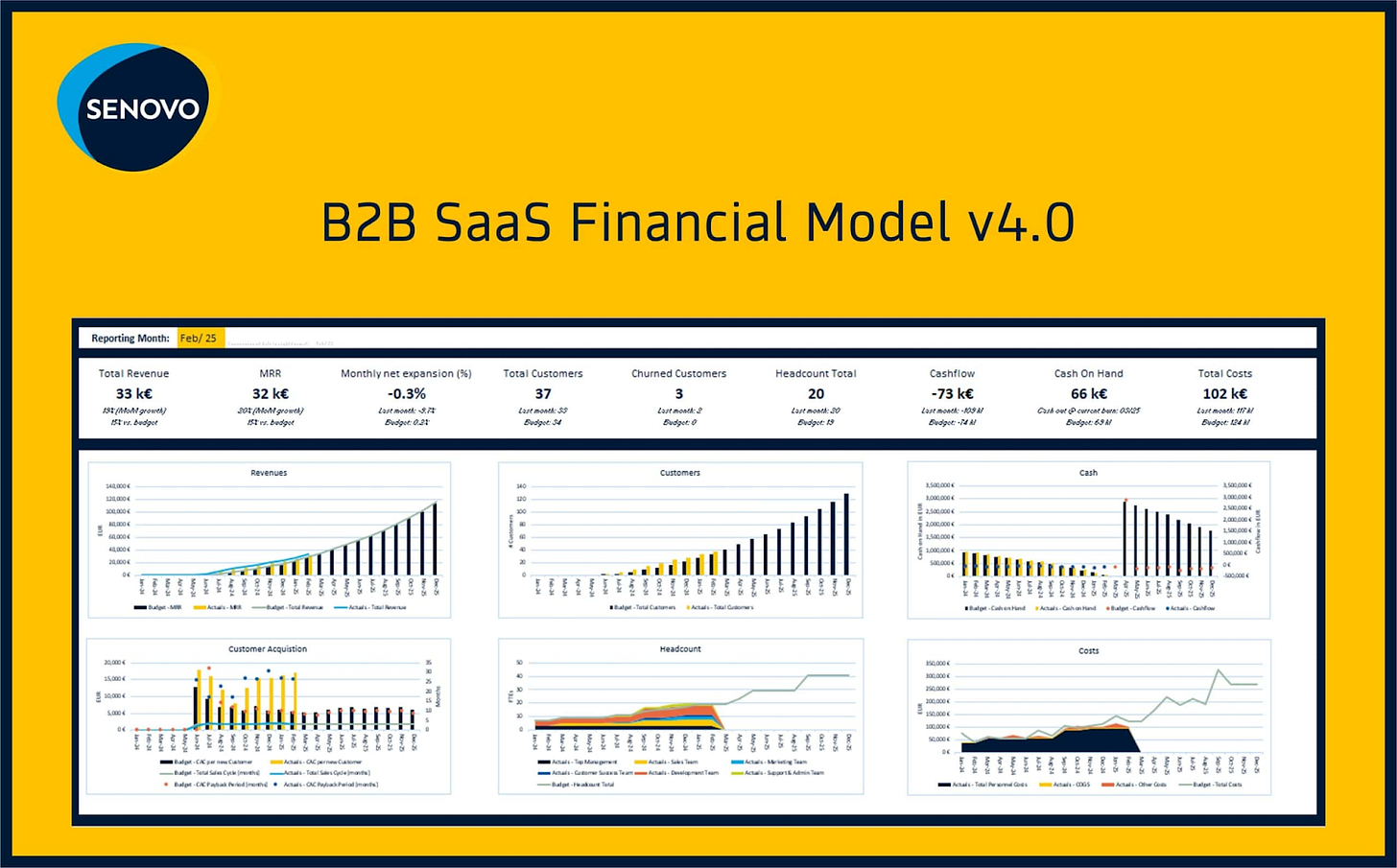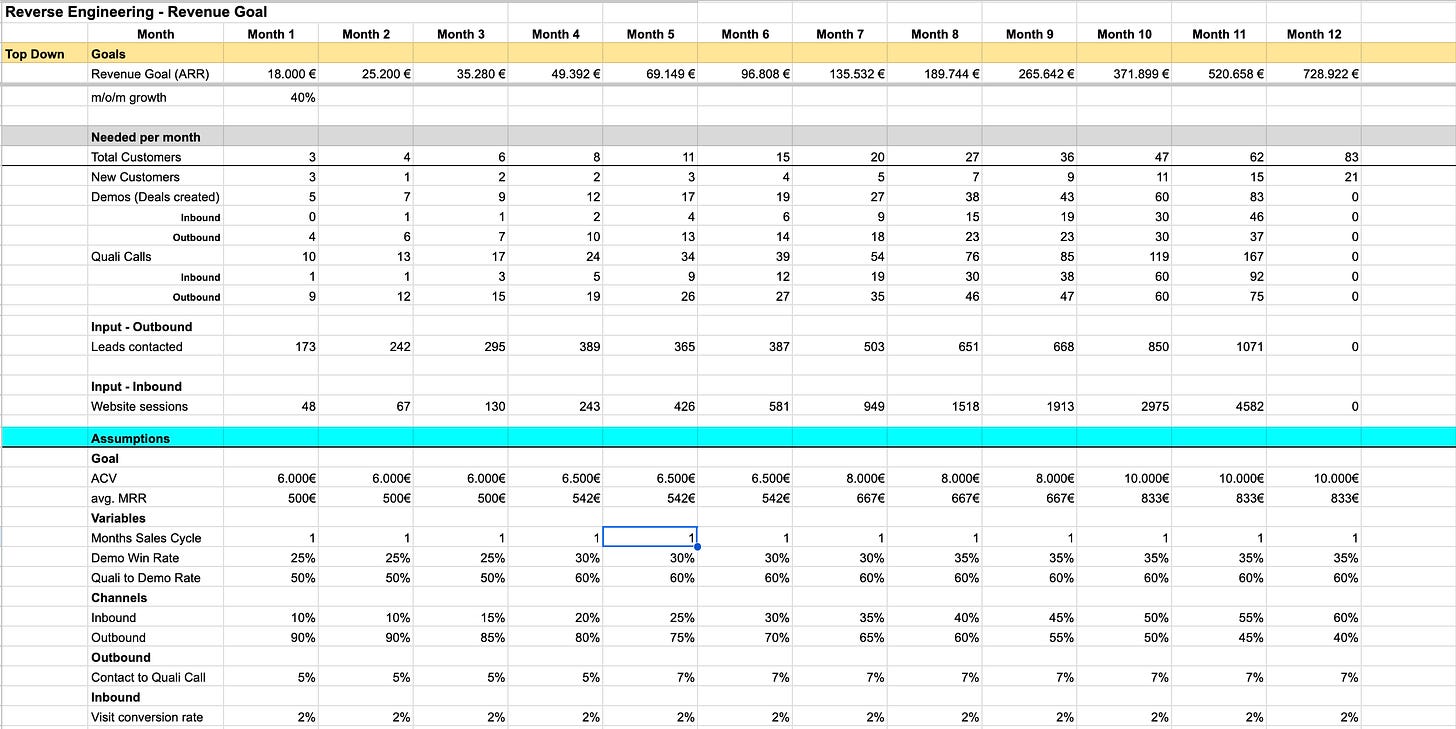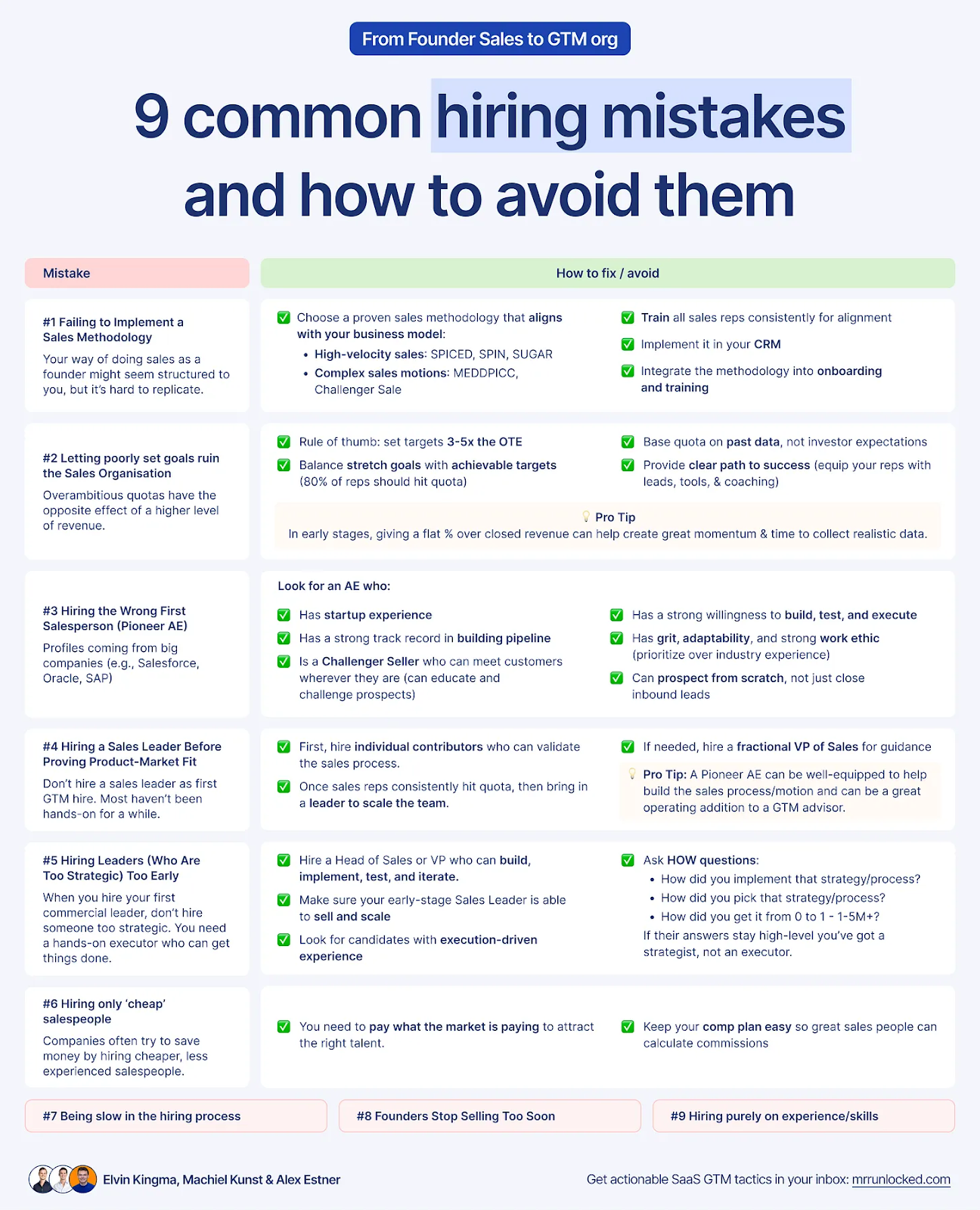GTM Foundation: How SaaS Founders grow from €0 to €1M ARR (Part 3)
Pricing, sales motion, CRM, forecasting and internal operating systems
Hey - it’s Alex!
Today we cover:
1️⃣ Iterative pricing, choosing the right sales motion, and the right CRM set-up
2️⃣ GTM forecasting (financial-, sales- & hiring plan) & internal readiness to scale
Bonus: Build and execute your GTM foundation in 6 months with my 1-on-1 GTM advisory
Note: This episode might be too long for your email client. Read the full guide on web.
This is the 3rd part of my GTM Foundation series. Don’t forget to catch up on part 1 and part 2 of building your GTM foundation.A quick word from our sponsor
Want to reach 5000+ early-stage SaaS founders/leaders? Sponsor the next newsletter.
📢 Clarify – The autonomous CRM for founder-led sales
Still managing sales in Gmail, Notion, and a duct-taped CRM?
Clarify is the CRM that runs in the background—auto-enriching leads, recording meetings, prepping you for calls, and keeping your pipeline updated. One system, less admin.
Podcast: The 3-Step GTM Playbook to Grow Your SaaS from €0 to €1M ARR 🎉
Last week, I was invited to Joran Hofman's podcast to talk about the 3 stages from €0 to €1M ARR.
Tune in, and hit reply. Keen to hear your thoughts, learnings, or questions!
Listen to the podcast on all platforms: Spotify, Apple Podcasts, or on browser 😀
P.S. I launched my new website last month. Roast it and hit reply.
The 3 stages to €1 million ARR and a strong GTM foundation
Quick reminder 👇
GTM foundation = GTM Experimentation + GTM Playbook V1
It brings you to Product-Market Fit.
This means you’ve found problem-solution fit and GTM-fit. So you’re ready to scale.
When I talk about building a strong GTM foundation, I refer to these 10 elements:
Ideal Customer Profile (covered in part 1)
Positioning (covered in part 1)
Messaging (covered in part 1)
GTM Collaterals (covered in part 2)
Channels (covered in part 2)
Pricing (covered in this episode)
Sales Motion (covered in this episode)
CRM & Tracking (covered in this episode)
Forecasting & Planning (covered in this episode)
Internal Operating Systems (covered in this episode)
Feel free to use the GTM checklist to start working on your GTM 👇
6) Pricing
When it comes to pricing, there is more to answer than the actual price tag €€€.
So when I work with founders, we work on different pricing elements.
✅ pricing model & value metric
✅ packaging & price tiers
✅ Terms (Payment, Cancellation, Trials…)
✅ Discount policy
But the most important part is to see pricing as something iterative.
Pricing 101 - Iterative Pricing
I like to think about pricing as something iterative.
You have a pricing strategy to get from:
1️⃣ 0 to first 10 customers = pricing v1
2️⃣ 10-100 customers = pricing v2
3️⃣ 100 to X = pricing v3
Your pricing needs to match the stage of your company.
⛔ So don't copy the 'perfect' pricing models from Notion, Miro, and Asanas of the world.
Not if you are early-stage.
Pricing for early-stage startups is NOT about optimizing growth.
I believe pricing should be good enough to NOT stop you from growing to 1€ million ARR.
Instead, take it iteratively. Have a quarterly pricing meeting.
And work on:
✅ Aligning pricing model with growth motion (sales-led vs. product-led)
✅ Finding the right value metric (for value-based pricing)
✅ Getting clarity on packaging
So you need to analyze:
- Packaging & Value Metrics
- POC, Free Trials or Freemium
- Pricing terms (contract length, payment schedule, cancellation policy)
Value metrics
This is something that a customer or prospect associates value with. It is basically what you charge for eg, per seat/revenue/storage, etc.
Your value metric should
Be easy to understand
Align with the customers’ value of using your product
Be scalable and grow with customers’ usage of your product
👉 More on value metrics in our pricing guide.
And building an AI-app/ai-powered SaaS, Kyle shared an interesting overview of latest AI pricing models.
Packaging & Tiers
You need to decide on what is (not) included in each pricing tier.
In case you want to package your plans around specific features (feature-gating), this is the time to do so.
P.S. I’m not the biggest fan of feature gating when you’re early. You don’t have enough data to know which feature belongs best to which plan. Keep things simple.
POCs, Pilots, Test Accounts, Free Trials
You need to decide how potential customers can evaluate your product. There are different options; decide on what fits your stage/model.
Payment Terms
Here, you decide on pricing policies like
Contract duration
Cancellation policy
(Auto) renewals and timelines
Billing policy (monthly / yearly)
Getting customers to annual plans is good for your cash flow. Besides giving a 10-20% discount on annual, you can add more on top.
Discount Policy
It’s okay to give discounts, but create a framework of when, how, and why to give discounts.
Also, make sure you get something in return for your discount:
✅ Testimonials, referrals, co-creating content, upfront payment, longer contract, and being a pilot customer
💡If you want to learn more about how to get it right and what to keep in mind when figuring out your pricing strategy, check our Ultimate Pricing Guide
7) Sales motion
You need to decide on a dominant sales motion.
❌ Don’t try to run both motions in parallel. Stick to one.
Each motion works differently. Different skills and resources are needed.
PLG vs. SLG
Deciding between PLG vs SLG depends on factors like
How your customers actually want to buy your product (not what you personally prefer)
The complexity of your product // how easy can you deliver the value
The complexity and length of the buying process
The price point of your product
💡Read more about selecting the right motion for your SaaS here.
Funnel definition & Buyer Journey
Start to draw your customer journey (e.g use Miro) - don’t forget the customer success/onboarding part.
Decide intentionally how you get them from one stage to the next stage (e.g. email sequence, calls, in-product tour…).
For PLG, define key actions:
Website traffic
Sign-Ups
Activation
Paid
Upgrade
For Sales-led, go with:
Lead
MQL
SQL / Opportunity
Closed Won
Active
Clarify Stage Exit Criteria: For each stage in your funnel, define what qualifies a prospect to move to the next stage.
Example:
Activation = User completes onboarding checklist + triggers X key action.
MQL = Lead fills out demo form and matches your ICP profile.
Why: Without clear exit criteria, teams get misaligned, and your funnel data gets messy.
This is, of course, different from company to company. But make sure you have your own definition of each of the stages.
Once in place, it gets easier to identify bottlenecks and things that need improvement.
Sales Methodology
Sales qualification methodologies help you better qualify leads and make a good discovery.
Here are 4 methods I recommend:
MEDDIC
SPIN
SUGAR
SPICED
You can learn more about each here.
Disco & Demo Playbook
In case you follow a sales-led motion, discovery and demo calls are the key elements of your sales process.
But should you split discovery and demo into two calls or just a ‘disco-demo’?
You can either do -
Both in a single call (disco-demo) or
Two separate calls, one for discovery (15 - 30 mins) and another longer one (45 - 60 mins) for demo.
There is no ‘ideal’ way - every B2B SaaS has a different sales process.
But generally speaking, I would split discovery and demo into 2 separate calls if:
✅ Deal Size: over €10k ARR
✅ Product Complexity: rather higher (more integrations, configurations, custom solutions…)
✅ Sales Cycle: usually longer than 3 months
✅ Buyer expectations: expect tailored demos
Apart from asking questions, you should also aim to add value to your prospects in the discovery call.
At the end of this call, both parties need to mutually agree that it makes sense to move on.
Here are 24 sample questions for your discovery call:
💡Learn more about sales qualification and discovery and the 9 elements of a powerful product demo.
Email Templates & Video Assets
You should have a template for each stage of your sales process, from initial contact to discovery to disco-demo and demo.
🚨Send these emails ASAP after the meetings, ideally not later than 24 hours.
Find the exact sales email templates you can copy and paste.
On top, it’s very helpful to have video assets (from your product) that you can share with prospects.
8) CRM & Tracking
CRM Set-Up
We won’t cover the whole CRM Set-up. But I will highlight a few things that really make a big difference.
P.S. Unsure about the right CRM for you - here’s a list of my vetted SaaS tools.
1️⃣ Lost reasons
Learning why you’re losing the deal is pure gold. Track these in your CRM to understand why you’re losing customers.
2️⃣ Self-reported attribution
It means that your customers tell you how they found you/your product. By doing so you will learn what channels work to optimize your campaigns
For PLG:
Add it in your onboarding flow (dropdown or open text field)
For Sales-led:
Add it on your ‘book a demo’ form (use an open text field → best to get insights)
and then add on top a dropdown field in your CRM where you map the text field responses to a list of options (easier for reporting)
3️⃣ (Mandatory) properties
Your CRM is the best place to learn about your ICP. Here are a few fields I usually recommend founders make mandatory along the sales process.
Contacts:
Email
Job Title
Role in Decision-Making Unit
Companies:
Region
Industry
Size (revenue and/or FTE)
Tech Stack (if relevant to your SaaS)
Deals:
Usecase
Deal Source
Close Date
Lost reason
Pipeline (New Business; Expansion)
Additionally, it makes sense to track:
Status Quo / Current way of working / Current solution
Pain Points
Decision Process
Sales Pipeline & Customer Success Pipeline
Setting up the right deal stages in your CRM is crucial for tracking both sales progress and post-sale customer success.
Don’t stop at ‘Closed Won’ — the journey doesn’t end when a deal is signed. It's just the start of delivering real value.
After 'Closed Won', your CRM should transition the customer into an onboarding and success pipeline, with clearly defined stages such as "Kickoff Scheduled," "Onboarding in Progress, "Adoption Phase".
Weekly & Monthly Dashboard / KPI Tracking
Define the key metrics you monitor and review daily, weekly, monthly, and quarterly.
To give you some inspiration, here are metrics that might be relevant for you as well.
Website & Lead Generation Metrics
✅ Website Traffic (Sessions)
✅ # New Leads
✅ # New MQLs
Sales Pipeline Metrics
✅ # New SQLs / Opportunities
✅ Pipeline Generated €
✅ Weighted Pipeline €
Sales Activity Metrics
✅ # Discovery Calls Done
✅ # Demo Calls Done
✅ # Proposals Sent
Sales Output Metrics
✅ # Closed Wons
✅ # Closed Lost
✅ Closed Won €
✅ Closed Lost €
✅ Expanded Revenue €
✅ Churned Revenue €
Sales Efficiency & Conversion Metrics
✅ MQL to SQL Conversion Rate
✅ SQL to Opportunity Conversion Rate
✅ SQL to Closed Won Conversion Rate (Deal Win Rate)
✅ Sales Cycle (Rolling 90 days)
✅ Average ACV €
9) Forecasting & Planning
Financial Planning
I recommend checking out the Financial model provided by Senovo VC.
Or check out the list of Dirk, who created a list of the best financial forecast templates.
Sales Planning (reverse-engineered sales plan)
Your financial plan is not meant to be for your day-to-day operations.
So, reverse engineering is breaking a hard-to-grasp goal into very specific, short-term goals. Something you can work on within your daily operation.
Use these steps -
Step 1: Set your ‘top-down’ goals (e.g., from the financial plan)
Step 2: Define ‘assumptions’ - ACV, conversion rates, and sales cycle.
Step 3: Calculate backward to know every step of your funnel (website impressions, leads contacted, demos, customers)
On top, you can also do a bottom-up planning (to check how realistic it is).
💡To learn more about sales planning and reverse engineering, check this out.
Hiring Plan
When to hire
When it comes to hiring the first GTM hire, there is one timing that usually never works out and can therefore be considered wrong: before you reach message market fit.
Before you hire, you, as a founder, need to validate
✅ That there is a problem to be solved,
✅ What that problem specifically is and what it means to potential prospects,
✅ How your solution looks like / what it needs to be valuable
✅ What messaging and channels work to win early customers
Who to hire
This highly depends on what stage you are at, but our recommendations are
✅ Startup phase - Full Cycle salesperson
✅ Growth phase - Specialized roles. SDRs, AEs, CSMs
✅ Mature Phase - Further specialization. Divide roles by market segment, geography, function etc.
And when it’s about the first GTM hire (after the founder), we recommend hiring a ‘sales pioneer’.
💡More here on who to hire and common mistakes.
10) Internal Operating Systems
Building your GTM foundation is also about internal processes, meetings, and ways to work together. I recommend that you take your time and create your systems to deal with:
✅ Investor Updates
✅ Founder Syncs (weekly meetings, offsites…)
✅ Goal-setting frameworks (e.g. OKRs)
✅ Sales, Marketing, Customer Success Syncs
✅ Product & ‘GTM’ Syncs (Roadmap planning, Customer Feedback…)
✅ Competitive Intelligence (Battlecards, Product Updates…)
If you’ve reached this point, kudos!
You have learnt almost everything there is to learn about GTM foundations.
We’ve covered all 10 elements of a powerful GTM foundation.
Ideal Customer Profile (covered part 1)
Positioning (covered part 1)
Messaging (covered part 1)
GTM Collaterals (covered in part 2)
Channels (covered in part 2)
Pricing (covered in part 3)
Sales Motion (covered in part 3)
CRM & Tracking (covered in part 3)
Forecasting & Planning (covered in part 3)
Internal Operating Systems (covered in part 3)
However, it sure can be intimidating, especially if you are a first-time founder.
Need help building your GTM foundation?
The good news is, I cover these exact modules when I work with founders in my 6-month 1-on-1 GTM advisory.
So if you are a SaaS founder and are struggling with any of these areas, or even if you need help getting started, let’s hop on a call.
Not sure yet? Check out the case studies of working with 20+ SaaS founders in the last 3 years.
Happy growth 🚀
3 ways I can help you grow your SaaS to €1 million ARR 👇
1️⃣ Build your SaaS GTM strategy with my free Workbook (helped 5000+ SaaS leaders)
2️⃣ Get access to 100+ actionable SaaS growth tactics (helped 250+ SaaS leaders)
3️⃣ Work 1-on-1 with me - GTM Advisory for SaaS founders from 0€ to €1 million ARR




